Ngorongoro Crater
Ngorongoro Crater

Pangolin Photo Host, Janine Krayer, at the Ngorongoro Crater on the Crater Rim.
Quick links
Ngorongoro Crater Safari • Getting to Ngorongoro Crater • Topography and landscape • Why visit the Crater
Mammals of Ngorongoro • Birdlife in the Ngorongoro Crater • Camera equipment • Activities • Where to stay
Tucked away amidst the lush highlands of Tanzania, in the heart of Africa, the Ngorongoro Crater is a geological and ecological marvel that should captivate every wildlife photographer. Once a towering volcano believed to have been even higher than Africa’s tallest peak, Mt. Kilimanjaro, this ancient formation is now the world’s largest intact caldera.
Having collapsed and eroded over nearly three million years, the caldera today serves as an expansive highland sanctuary, with its stunning 600-metre-deep crater as the centrepiece. This ancient haven is a breathtaking spectacle of nature, safeguarding one of the planet’s most exquisite wildlife refuges.
Pangolin Photo Host Janine Krayer explored this incredible kaleidoscope of biodiversity and megafauna, and she was left absolutely in awe by the abundance of photographic opportunities that awaited her in the crater. She noted that when you visit the Ngorongoro Crater, you can expect much more than just sightings of the ‘Big Five.’

Two Crowned cranes in the Ngorongoro conservation area
Here, you’ll have the chance to capture evocative portraits of scavenging jackals, majestic bull elephants, and even the elusive black rhino. Once inside the crater, anticipate creating beautiful images filled with striking contrasts, as the crater walls offer a dark backdrop against well-lit animals.
Moreover, the morning light is particularly soft, adding a richness of sun-kissed hues to your photographs. A moment that truly resonated with Janine was capturing the flight of the crowned cranes against the backdrop of the crater walls—a scene she described as both poetic and stunning.
There are a few ways to reach the Ngorongoro Crater, but ultimately, you have two options: flying or driving. If you’re looking to fly, there are a few nearby airports to consider. Arusha Airport is the closest, sitting approximately 170 kilometres (or a 3-hour drive) away from the crater. Kilimanjaro International Airport serves as a more globally connected alternative, although it is about a 5-hour drive to the crater.
For those who find themselves at Nairobi’s Jomo Kenyatta International Airport, a local flight to Arusha is a viable option, unless you’re up for a 7- to 8-hour road journey. Another flight option is the Lake Manyara Airstrip, a 1.5-hour drive from the Crater, offering a feasible alternative when weather conditions are not favourable at the Ngorongoro Airstrip, which does tend to happen more often than not. There are about two daily scheduled flights from Arusha to Lake Manyara, with lodges arranging guest pick-up upon arrival.

The Ngorongoro Crater is still part of the Serengeti ecosystem and is the world’s largest caldera.
For road adventurers, the typical journey begins in the town of Arusha. The drive consists of an initial stretch of 80 kilometres on a well-maintained tar road, followed by a slightly challenging section of about 100 kilometres on gravel roads.
The drive takes you through scenic terrain and villages, such as Mto-wa-Mbu, before arriving at the Ngorongoro Lodware Gate. Alternatively, if you’re touring the Serengeti National Park, you can make your way to Ngorongoro via a fairly decent gravel road, which stretches about 152 kilometres. Both routes offer basic amenities like fuel but prepare for some rough patches.
It goes without saying that the Ngorongoro Crater is a world-class marvel of geology and biodiversity. Originating as a massive volcano that some believe could have towered higher than Mount Kilimanjaro, it’s now the world’s largest intact, inactive, and unfilled caldera.
The crater itself is about 600 metres deep and serves as the ‘crown jewel’ in a sprawling highland that encompasses a stunning array of landscapes—peaks, valleys, and lakes—all shaped by volcanic activity, fracturing, and erosion.

A perfect example of wildlife coexisting in the vast expanses of the Ngorongoro Crater.
Because of this, you can imagine that the area is rich with incredible diversity. The Ngorongoro Crater itself boasts a variety of different habitats, including grasslands, swamps, and forests. Lake Magadi, an alkaline crater lake at its centre, is a sanctuary for tens of thousands of flamingos, nourished by the lake’s high salt content and the algae that thrive in its waters.
The Munge River feeds two marshlands that attract large numbers of elephants and buffalos, as well as diverse birdlife, which, of course, is a photographic highlight in itself. Though the lake and marshlands offer ample freshwater, the salty Makat Lake is another key feature, attracting a wide array of wildlife.

A spotted hyena at Lake Magadi in the Ngorongoro Crater, which is known as a shallow soda lake.
Janine shares her thoughts on the unique nature of the Ngorongoro Crater: “It’s officially one of the world’s natural wonders, hosting over 25,000 animals in one of Africa’s densest populations of large mammals. While it’s home to the ‘Big Five,’ giraffes are notably absent due to the crater’s steep descent. Most animals reside in the crater year-round, but some do follow rain patterns and migrate within the Ngorongoro Conservation Area.”
The weather varies significantly due to the crater’s elevation. Summers last from October to March and winters from April to September, with temperatures ranging between approximately 8°C (42°F) and 30°C (86°F). Rain mainly falls in November and between April and May, with the crater rim receiving more annual rainfall than the floor of the crater. That being said, it’s important to note that the crater is great for wildlife viewing all year round.

An Ngorongoro Crater safari is great for all-year-round game viewing.
Layered in history as the ‘Cradle of Mankind,’ the area is rich in archaeological sites like the Olduvai Gorge and Laetoli, making it a haven not just for wildlife enthusiasts but also for those with a bit of an affinity for and intrigue with human evolution!
The Ngorongoro Crater is not just any wildlife reserve—it is a UNESCO World Heritage Site and a Man and Biosphere Reserve, uniquely combining human habitation with wildlife conservation.
Contrary to popular belief, it is neither a national park nor part of the adjacent Serengeti National Park. It stands as its own entity within the larger Ngorongoro Conservation Area, an expansive region spanning more than 8,000 km² (3,200 sq. miles) that stretches from the Serengeti in the north to the Great Rift Valley in the east. The conservation area encompasses other natural features like Ndutu, Olduvai Gorge, Empakaai, Olmoti Crater, and Oldonyo Lengai Mountain.

The famous tree-climbing lions of Ndutu, which form part of the Ngorongoro Conservation Area
The journey from the entrance gate to the crater floor is a spectacle in itself. The road descends 2,000 feet and meanders along the crater’s rim, offering breathtaking vistas. It usually takes about 30 minutes to reach the crater floor. The park is open from 6 AM to 6 PM, giving you a 12-hour window to explore the area.
Off-roading is strictly prohibited to protect the ecosystem, so your adventure will be limited to the available road network. While the roads are sparse, they are strategically located to offer elevated viewpoints that used to serve as research stations. This is particularly beneficial for observing crucial habitats like the swamps, which are barely accessible otherwise.

The Maasai are known for their traditional livestock grazing.
It is also important to remember that this land doesn’t just belong to the wildlife; it’s also home to the Maasai people, a tribe traditionally dependent on livestock rather than hunting. Although the government has relocated them from the crater’s centre, the Maasai still live peacefully in the surrounding Ngorongoro Conservation Area. Their villages and cattle herds integrate seamlessly into the landscape, adding a cultural dimension to this natural wonder. The area even takes its name from the Maasai term ‘Ngorongoro,’ inspired by the sound of the cowbell that hangs from the lead cow in a herd.

The Black Rhino in the Ngorongoro Crater
It’s incredible to think that the Ngorongoro Crater is speculated to be home to around 25,000 animals. While they’re free to roam in and out of the crater, the steep and challenging edges often keep them enclosed, which is why you’ll hardly see any giraffes in the area.

The African buffalo (also known as Cape buffalo) in the Ngorongoro Conservation Area
That said, the crater is particularly famous for its abundant wildlife and for hosting some of Africa’s most iconic species, like black-maned lions, leopards, endangered black rhinos, cheetahs, elephants, and buffalo. Even more impressively, thousands of grazers such as Grant’s and Thompson’s gazelles, wildebeest, antelope, bushbuck, eland, hartebeests, kudu, and zebras populate the crater floor, providing a dramatic backdrop for wildlife photography.

Ngorongoro Conservation Area is home to the densest known population of lions.
The Ngorongoro Crater offers a rich tapestry of birdlife, adding another layer of intrigue to an already breathtaking ecosystem. As Janine pointed out, “I think one of the things that have surprised me the most, aside from the unique and breathtaking topography, is the huge diversity in birdlife… From waders to birds of song, weavers, raptors, storks, and cranes… Given the tiny area, it is astounding how many different species it encompasses. It’s true; the crater is home to an array of bird species, ranging from resident to migratory and even some that are endemic to the area.

A Coqui Francolin is found in the Ngorongoro highlands.
Resident bird species that can often be spotted include ostriches, grey-crowned cranes, and various kinds of raptors like eagles and buzzards. These birds take advantage of the crater’s varied habitats, from the lake to the forests, and are present throughout the year.
Migratory birds, of course, add seasonal diversity to the birdlife here. Flamingos are perhaps the most visually stunning of these, often seen around Lake Magadi in the centre of the crater. Other migratory species include different kinds of storks and wading birds, which come from as far away as Europe and Asia to enjoy this diverse area.

The Superb starling is a common sighting during a visit to the Ngorongoro Crater in Tanzania.
It’s easy to see why birdwatching becomes an additional treat when visiting the crater. As Janine mentions, the birdlife can serve as a “constant distraction,” offering endless photographic opportunities while enjoying the natural amenities at one of the crater’s designated picnic spots.

Yellow-throated long claw in northern Tanzania
When packing for your trip to the Ngorongoro Crater, having a diverse selection of lenses in your camera bag is highly recommended. This is to account for the spectacular variety of wildlife and landscapes you’ll encounter as well as other unique elements of the crater. Lenses ranging from 24mm to 600mm will give you the flexibility to capture the full scope of your experience.
If you’re constrained by space, a few versatile zoom lenses can go a long way. A lens in the range of 24mm – 70mm or 24mm – 105mm is great for landscapes and wider shots, while a 70mm – 200mm or 100mm – 400mm lens will allow for excellent medium- to long-range images. If you’re looking to leave no stone unturned, consider adding a longer prime lens like a 400mm f2.8 paired with teleconverters or a 500mm f4 for capturing distant subjects, as mentioned earlier with the road network. Alternatively, zoom lenses like 200mm – 400mm, 200mm – 600mm, or 150mm – 600mm can offer a broad range of focal lengths for different shooting scenarios.

For a Ngorongoro Crater Safari, it’s best to pack a variety of lenses.
Most importantly, don’t forget the essentials: pack a microfiber towel, scarf, or kikoy to cover your camera equipment while you’re out in a game viewer; this will help make sure that your camera is safe from dust throughout your safari.
While the Ngorongoro Crater is most famous for its game drives and birdwatching, the area offers a few other activities that are quite unique to the area. For a deep dive into local culture, consider visiting a Maasai village, where you can immerse yourself in the fascinating lifestyle of this tribe. Learn about their pastoralist ways, their rich traditions, and the delicate balance they maintain between themselves, wildlife, and the environment.

The Maasai villages around the Ngorongoro Crater, Tanzania
Another great way to explore this area is by taking a walking tour around the crater rim and the surrounding highlands. While the crater floor is generally off-limits for walking, you can still explore the Empakaai and Olmoti craters on foot. These treks offer gorgeous views and will allow for great landscape photographic opportunities. Not to mention, a visit to the Olduvai Gorge is really something unique and a must-do if you have the time.
Located within the Ngorongoro Conservation Area, this archaeological site, often referred to as the Cradle of Mankind and mentioned earlier, has revealed fossils and stone tools that are really quite something if you are interested in evolution. All in all, whether it’s culture, nature, or history that intrigues you, the Ngorongoro Crater has something for everyone.
When looking for accommodation around the crater, there are a variety of options to choose from depending on what you’re looking for. It is not possible to stay within the crater itself, but one of the most sought-after experiences is staying along the rim of the crater. As you can imagine, these lodges offer unparalleled views right from your doorstep. Another benefit of staying along the rim is that it allows you quick access to the crater floor for early morning game drives, giving you a head start on photographing in that magical morning glow.

Cheetah in the Ngorongoro Conservation Area
That being said, there are also accommodation options outside the gates. These range from luxury lodges to budget campsites, and there truly is something for everyone outside the gates—especially if you’re looking to explore other elements of the area like Lake Manyara or hike the Empakaai Crater. The only downside to staying outside the gates is a slightly longer commute to reach the crater.
The Ngorongoro Conservation Area, in conclusion:
As you can see by now, the Ngorongoro Crater is truly a place of immense beauty and ecological significance. Whether you’re a wildlife photographer, a birdwatching enthusiast, or someone intrigued by culture and history, the Crater offers a diverse range of experiences that will make your visit truly memorable. From its captivating landscapes to its unparalleled biodiversity, this is a place to visit at least once in your life.
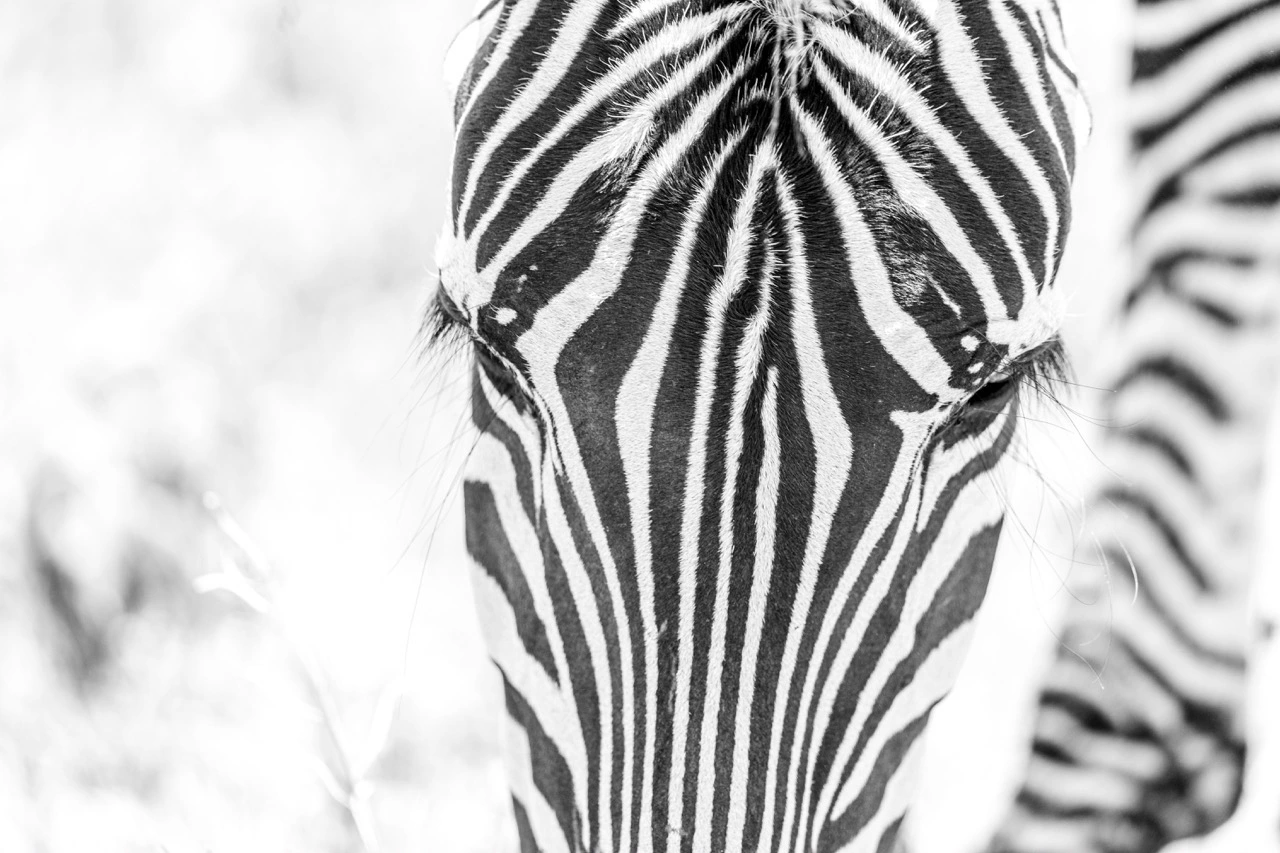
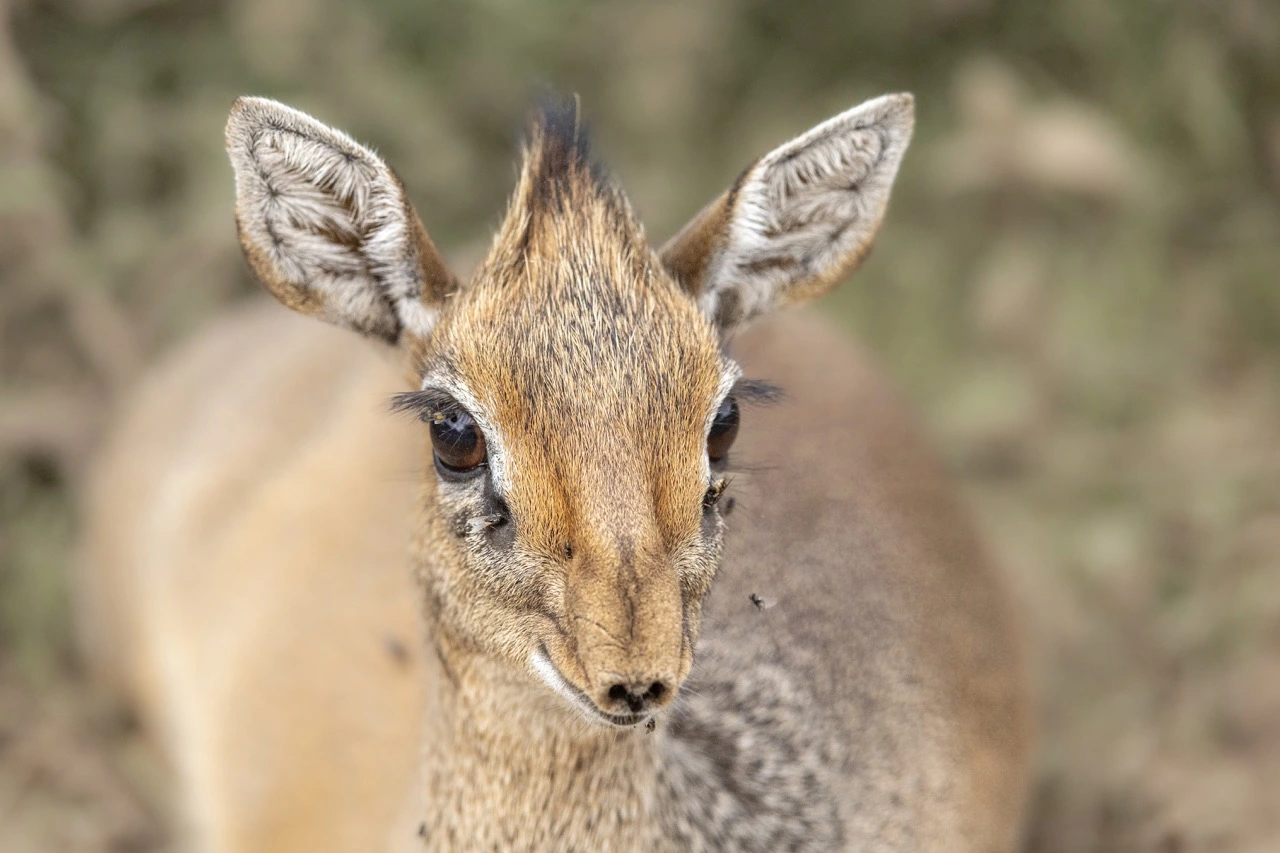
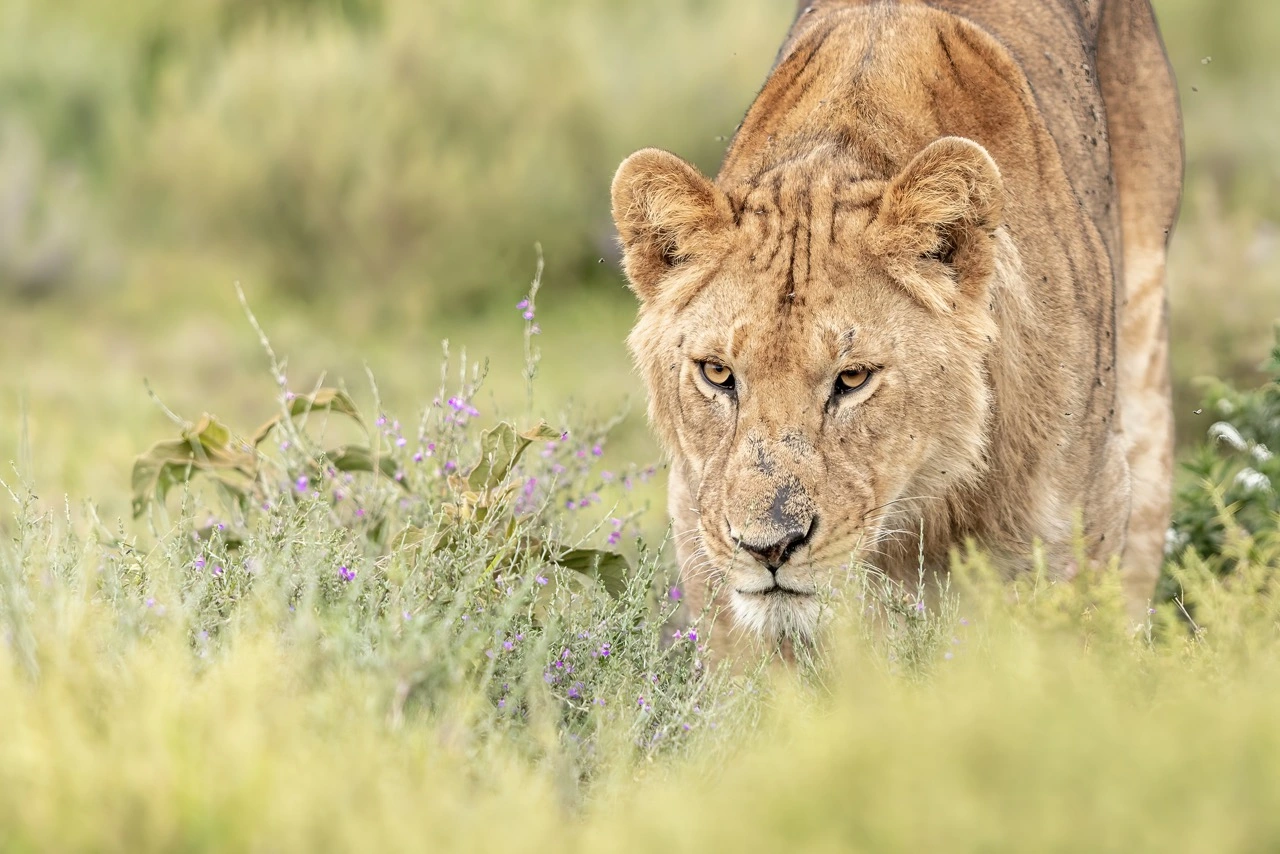
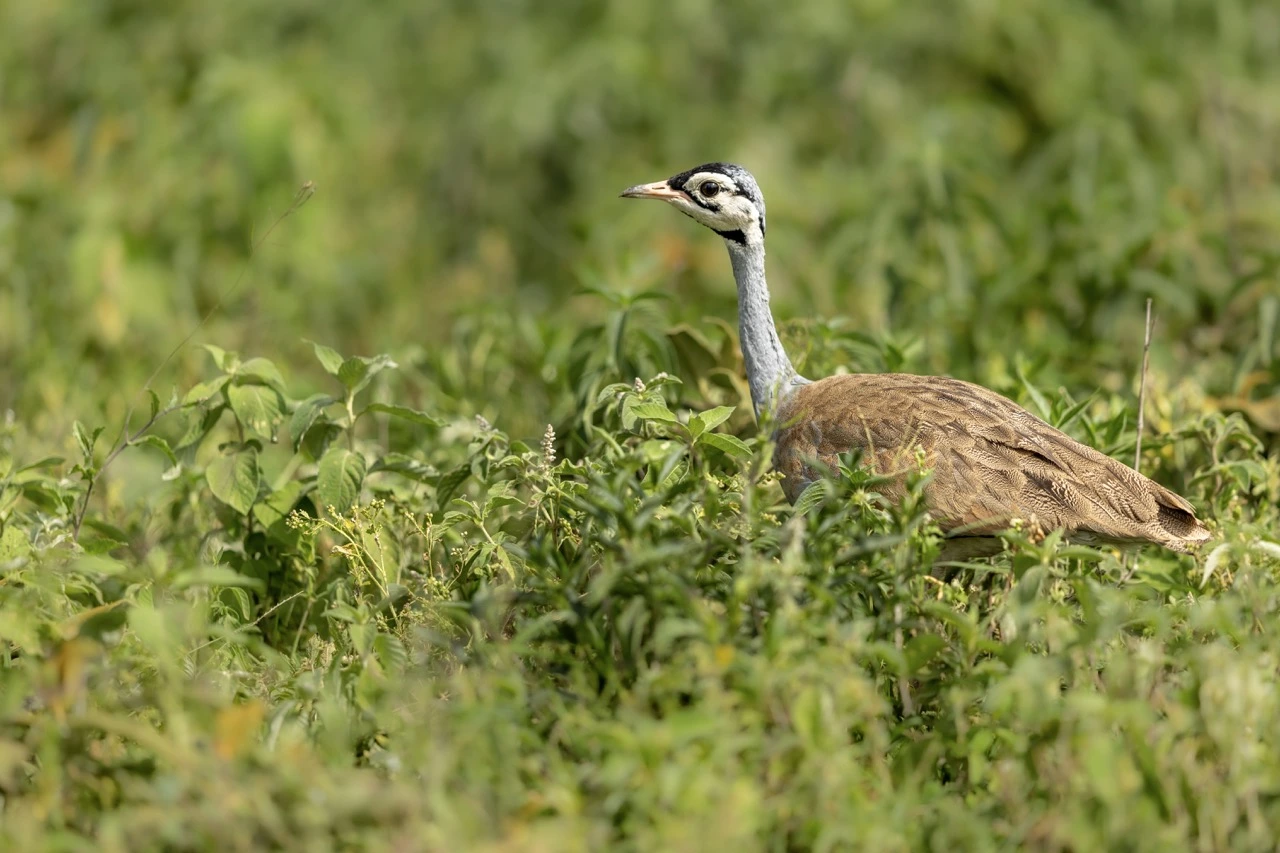
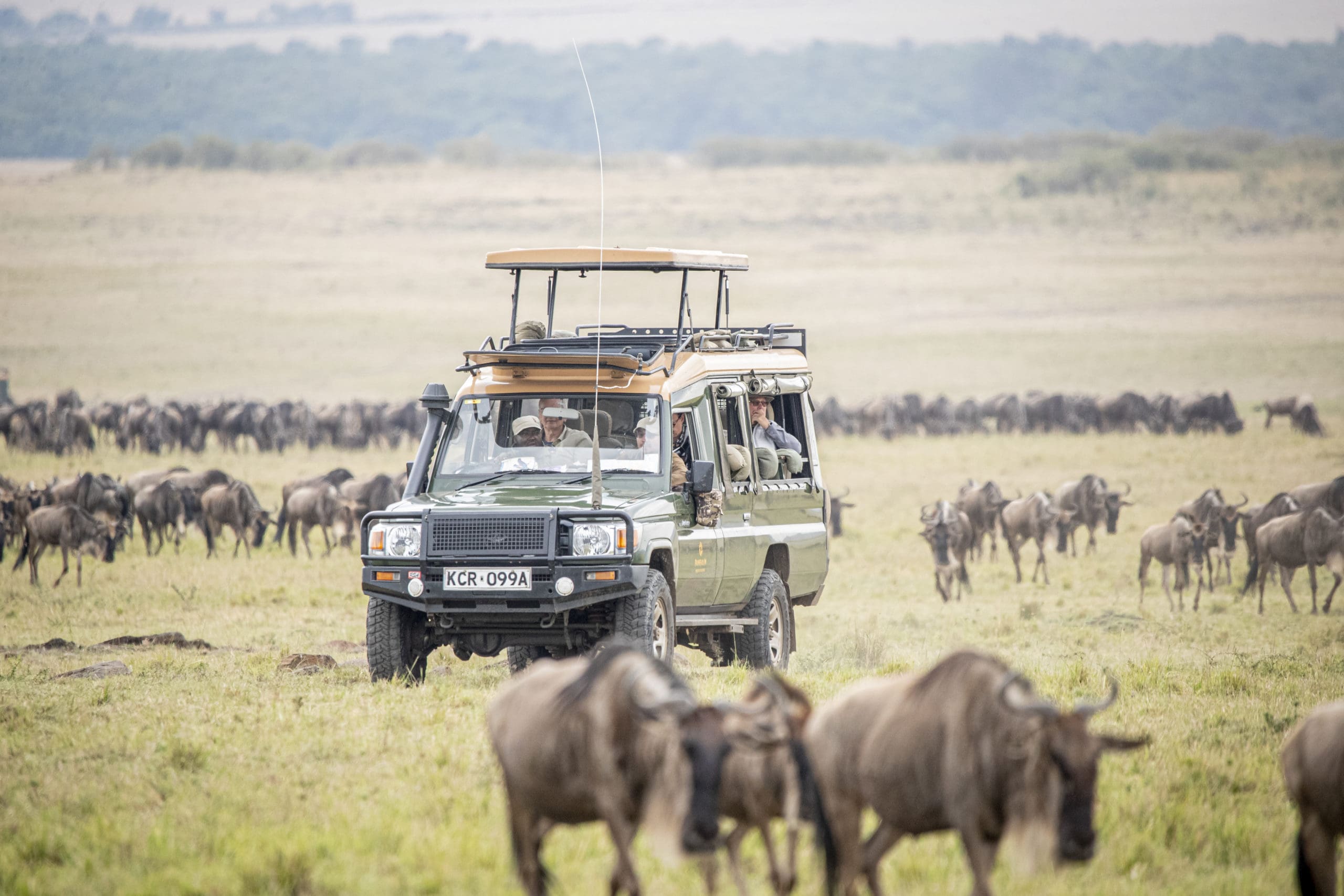
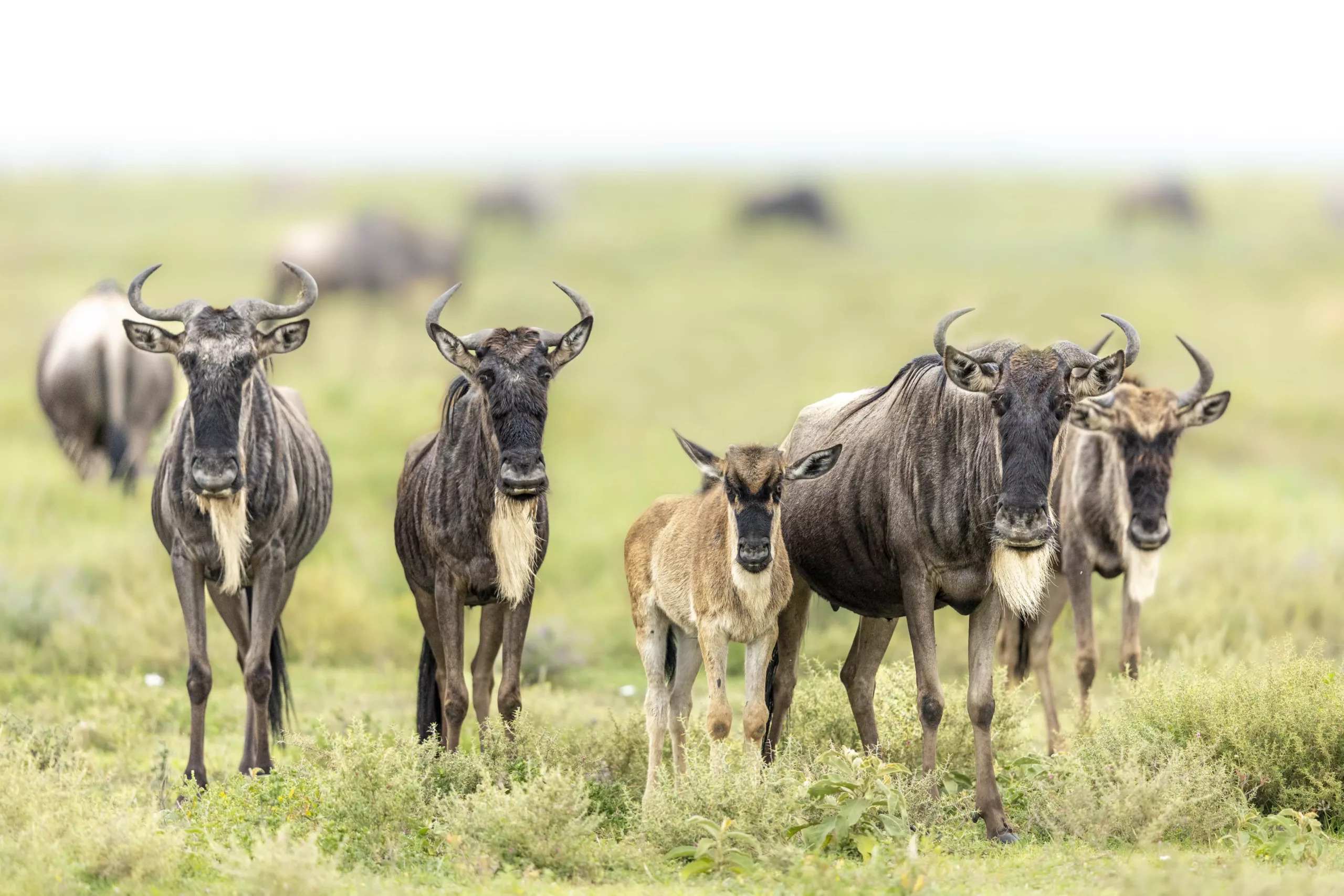
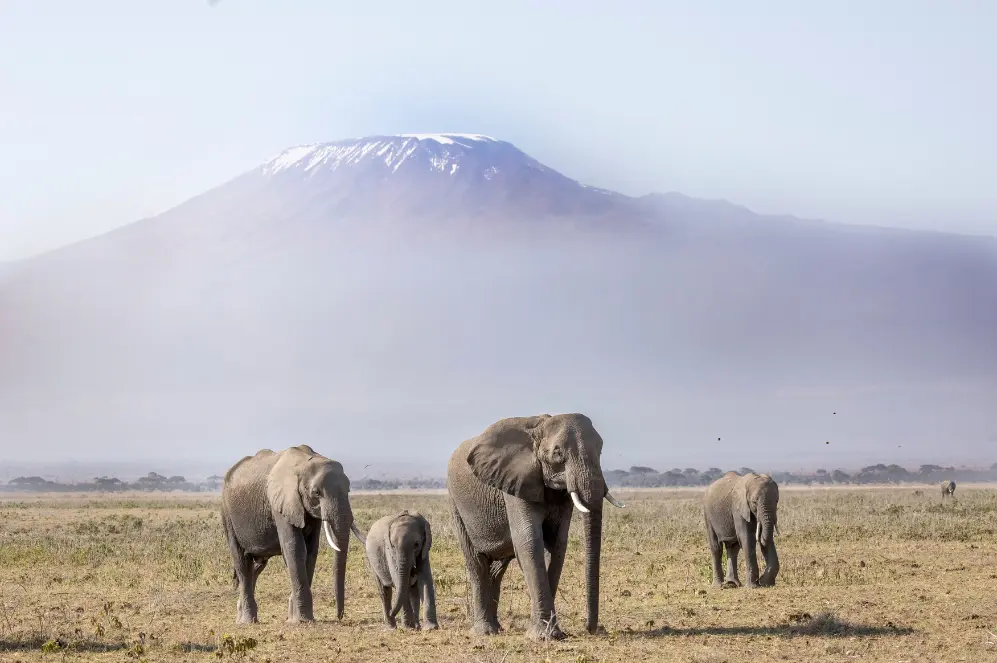
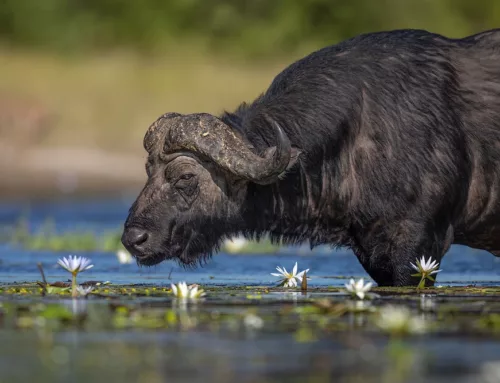
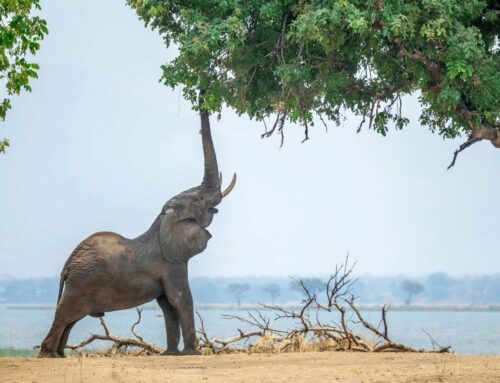
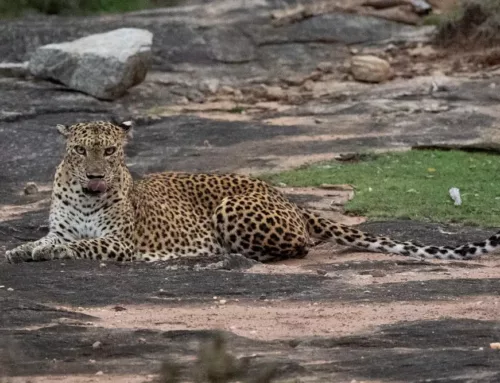
Leave A Comment
You must be logged in to post a comment.